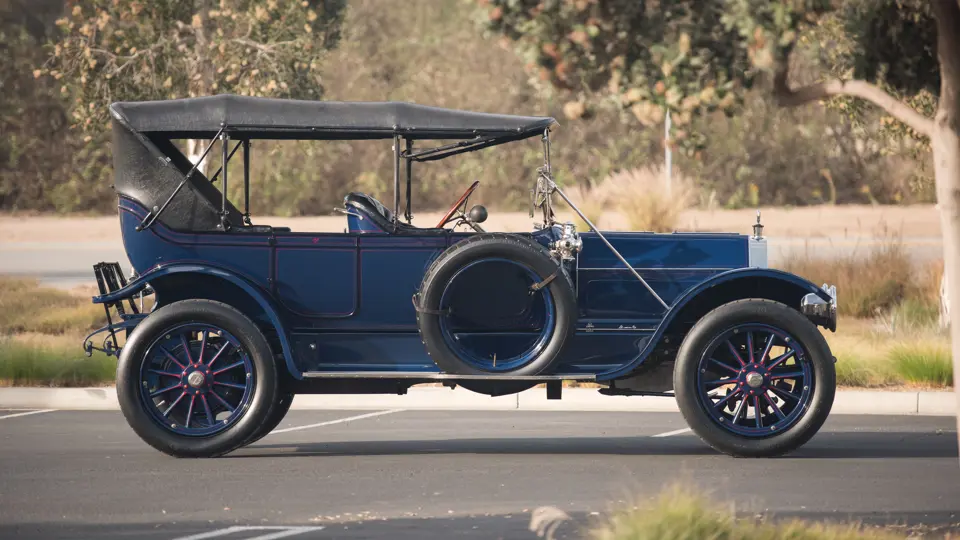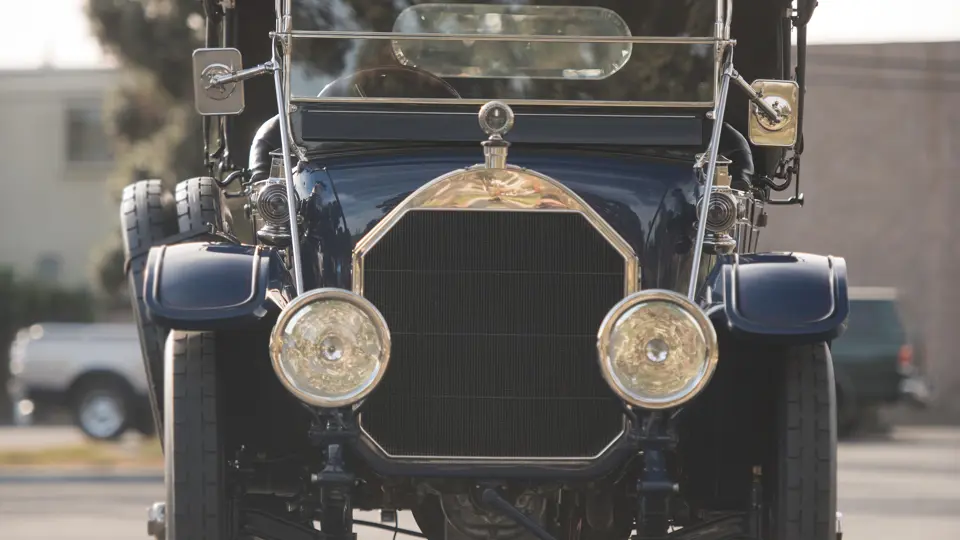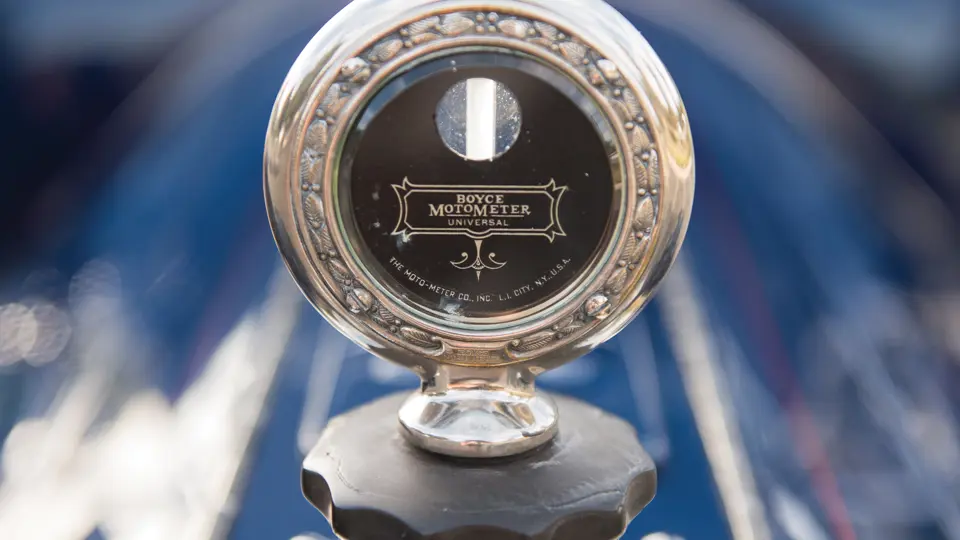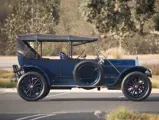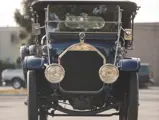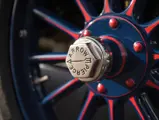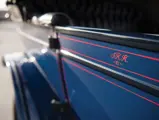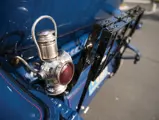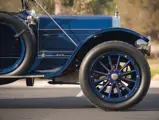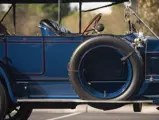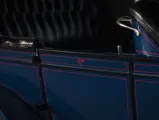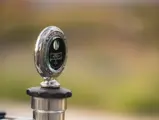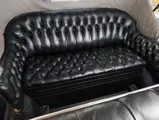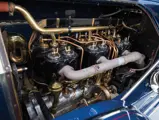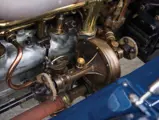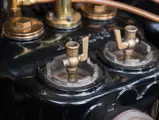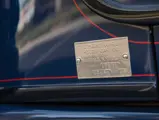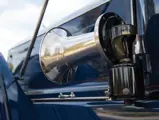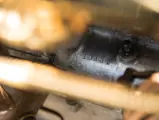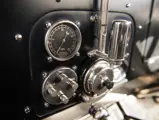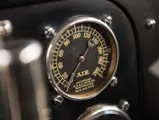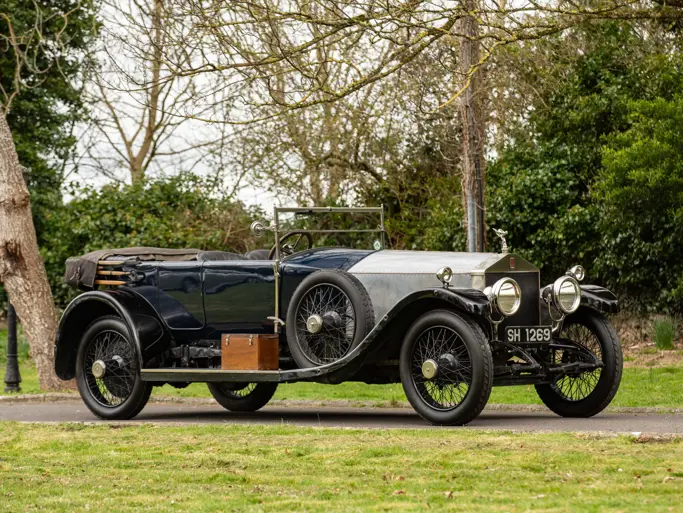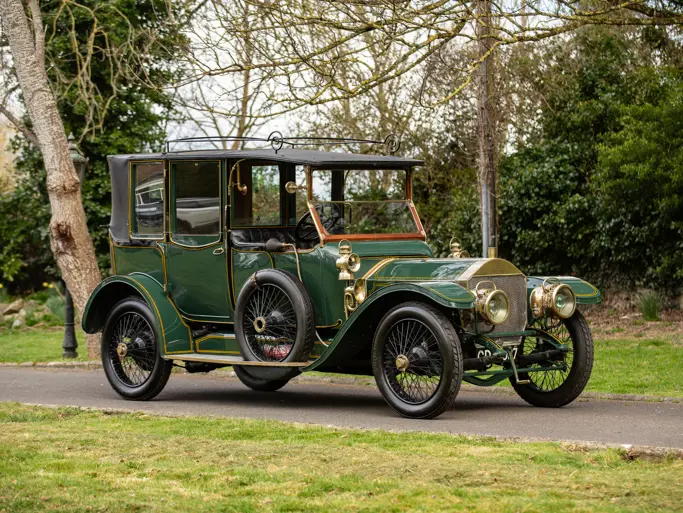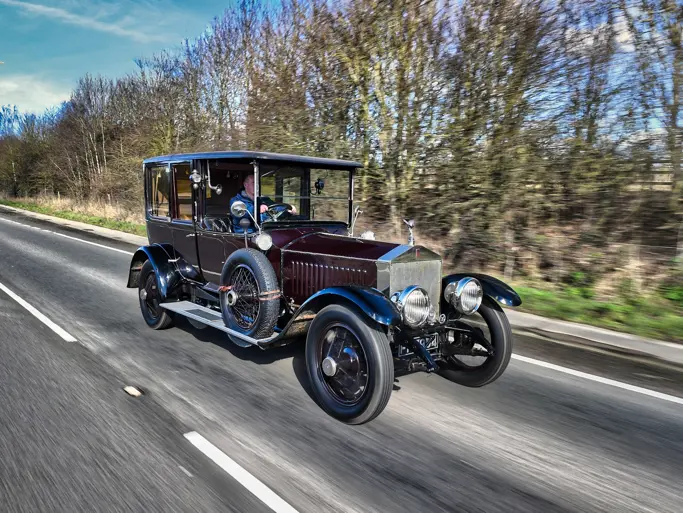
1913 Pierce-Arrow Model 48-B Five-Passenger Touring
{{lr.item.text}}
$341,000 USD | Sold
Offered from the Craig McCaw Collection
{{bidding.lot.reserveStatusFormatted}}
- Offered from the Craig McCaw Collection
- Very rare factory aluminum-skinned coachwork
- Enjoyed by a “who’s who” of great enthusiasts since the hobby’s earliest days
- Exceptional restoration by Pierce-Arrow expert Eric Rosenau
- Pebble Beach Best in Class and Pierce-Arrow Society Best of Show winner
48 rated hp, 524 cu. in. T-head inline six-cylinder engine, four-speed manual transmission, solid front axle with semi-elliptical leaf springs, live rear axle with three-quarter-elliptical leaf springs, and rear-wheel mechanical drum brakes. Wheelbase: 142 in.
Pierce-Arrow’s name was made by superb engineering that included, in a move far ahead of its time, advanced all-metal construction using cast aluminum body panels. While the majority of Pierce buyers opted for the cast aluminum bodywork, traditional construction, with aluminum over an inner hardwood frame, was employed in cases where a single or small run of bodies were to be produced. Catalogued by Pierce-Arrow from 1913 to 1915 (as confirmed by an original catalogue accompanying this car), it is believed that only a handful of these 1913 bodies were so-built, of which this car, chassis number 10431, is the only aluminum-skinned Model 48-B-1 Five-Passenger Touring known.
The car’s known ownership history has been traced back to the state of Utah, where it was one of several early Pierce-Arrows owned by the company’s former factory service representative in Ogden, Sterling G. “Fussy” Whitaker. Whitaker was a well-known source of Pierce parts, many of them N.O.S., and he continued to sell used Pierce-Arrows over the years to early hobbyists. One of the cars that he acquired—it can be presumed from either the original or a very early owner—was chassis number 10431.
In 1952, Mr. Whitaker sold the car to one of his early collector clients, the renowned and much-missed Jack Passey, then of San Jose, California. Mr. Passey towed the car back home through the Nevada desert to the Golden State with his 1937 Packard Twelve Club Sedan, an unforgettable image featured on the cover of Ken Albert’s book, For the Love of Old Cars. He subsequently began restoring it, completing most of the chassis, but did not complete the work.
The car remained with Mr. Passey until 1989, when it was purchased by another well-known Pierce-Arrow collector, Patrick Craig. It was sold back to Mr. Passey a couple of years later and was subsequently sold to legendary collector Knox Kershaw. Mr. Kershaw had the car expertly restored by the foremost Pierce-Arrow restorer in the United States, the late Eric Rosenau of Monrovia, California.
In a recent phone conversation, Mr. Rosenau’s son-in-law, longtime assistant, and successor, Billy Sandvik, recalled that the car had its original body, the doors and back section of which were saved; new aluminum was installed to the lower section of the body, and correct hood sides were remanufactured and installed. The engine was redone, new bushings were installed in the spring shackles, and, in Mr. Sandvik’s words, “There was nothing in this car that wasn’t done.” It was awarded Best in Class at the Pebble Beach Concours d’Elegance, and it was then brought to the Pierce-Arrow Society National Meet in 1995 and awarded the Bernard J. Weis Trophy for Most Authentic Restoration (Best of Show).
In 2003, the Pierce was sold to the famous Milhous Brothers of Florida and was displayed in their fabulous collection until 2012. Its new owner, John Bentley, would eventually sell the car to Mr. McCaw, writing to tell him that it had been dialed-in and sorted by John Mozart and Steve Littin and was a fine touring car.
Regal in dark blue with a red pinstripe, the car’s restoration has mellowed only slightly, a testament to the excellence of Mr. Rosenau’s workmanship, as well as to the care of its subsequent owners who have accrued 4,200 miles of use since. The nickel brightwork remains very good, as is the laminated glass windshield; the seats are in black buttoned leather, in very good condition, and the black leatherette top has a full interior lining. Side curtains are included, carried in a pouch at the back of the front seat, as are three original books for the model.
The engine is nicely detailed, painted black with an aluminum crankcase, and has a correct air-operated starter, with its cylinder jugs each stamped with the motor number 10431. Additional equipment includes electric lights, and the instrumentation includes gauges for oil pressure, voltage, air pressure, and a Warner Auto Meter speedometer-clock. The chassis is painted in dark blue and is nicely detailed, and the car is fitted with 37X5 B.F. Goodrich Silvertown tires.
An exceptional tour and show car outfitted to a high standard with self-starting and electric lighting, this sole survivor ensures its new owner will be in a class all his own, in addition to joining a roster of great caretakers—Whitaker, Passey, Craig, Kershaw, Milhous, and certainly McCaw—who have savored it over the last six decades.

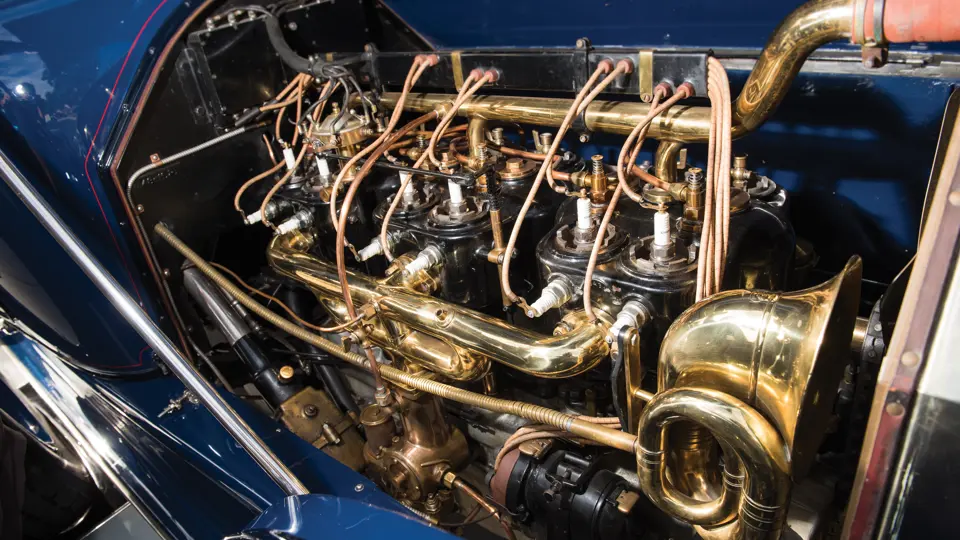
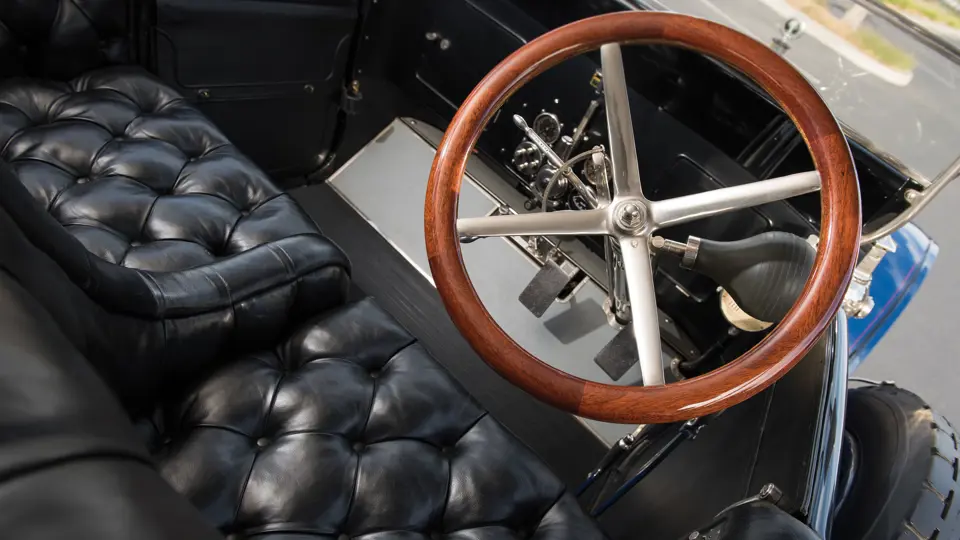

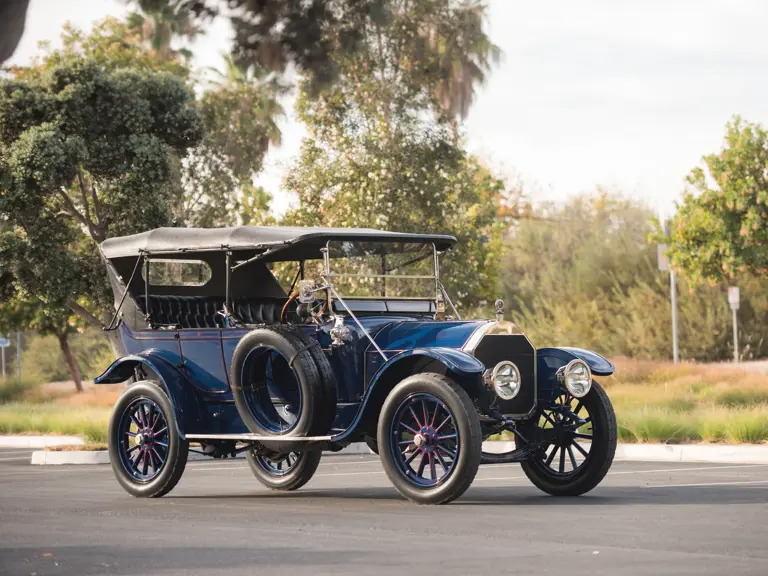
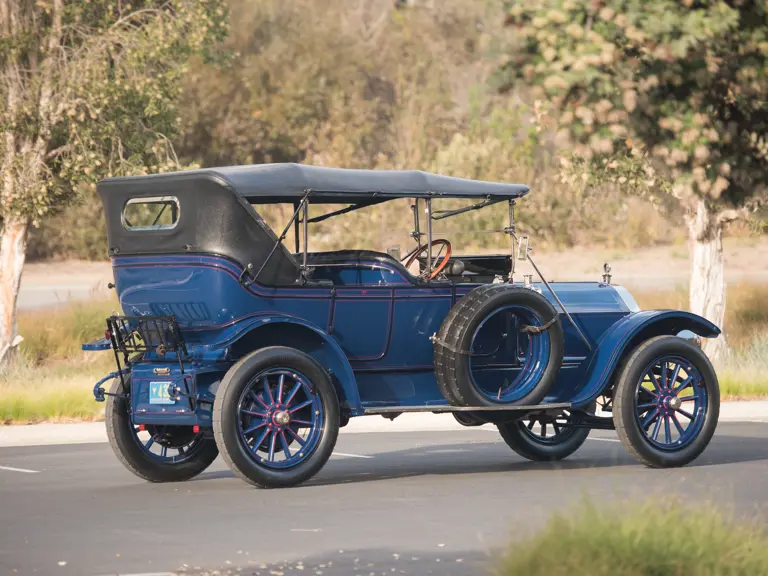
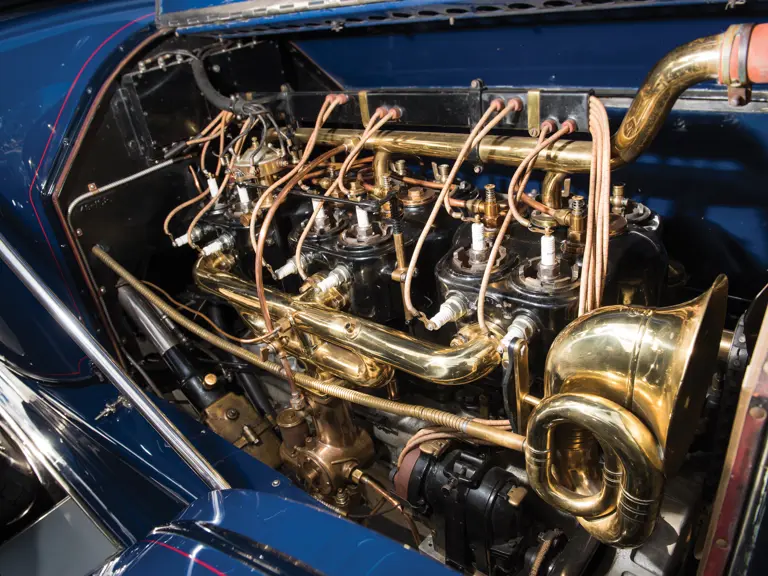
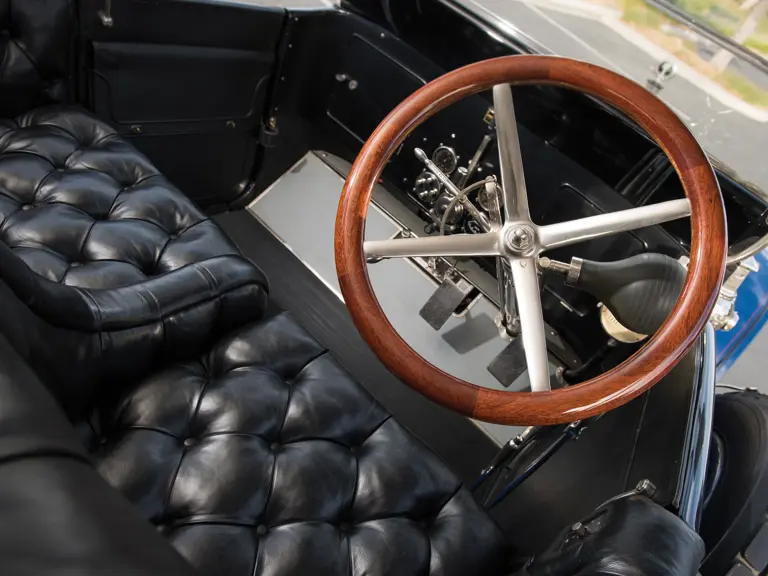
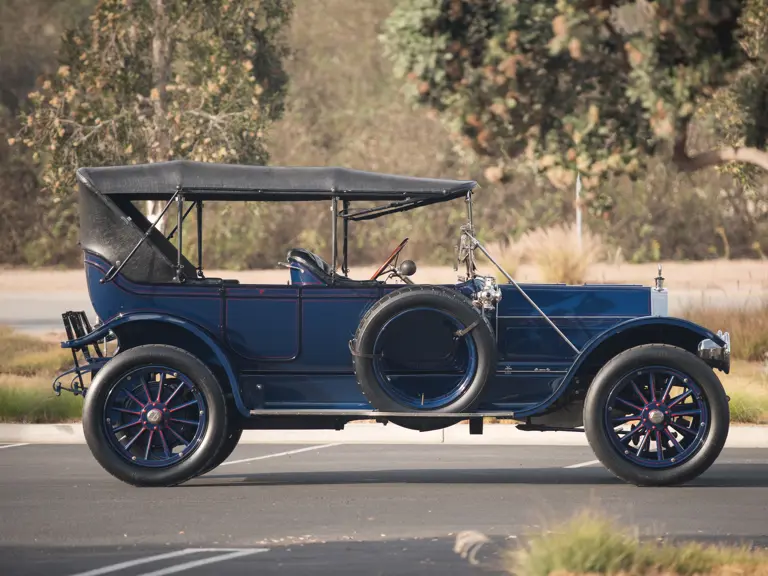

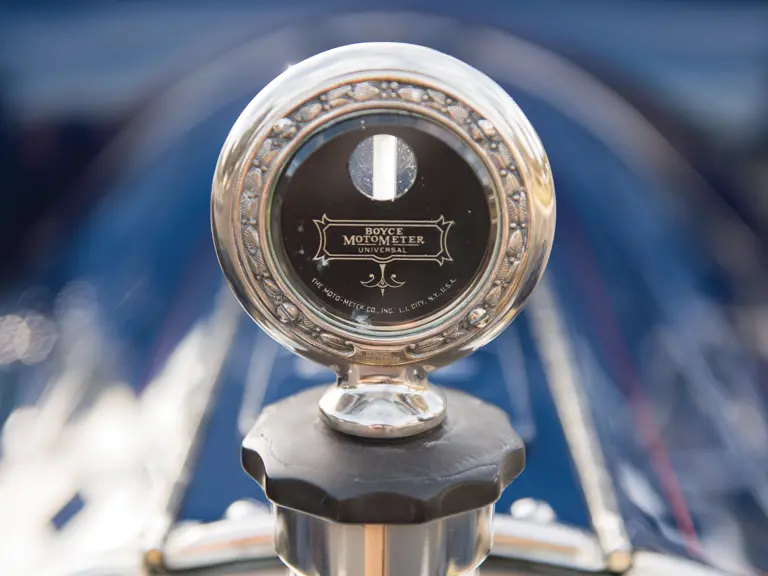

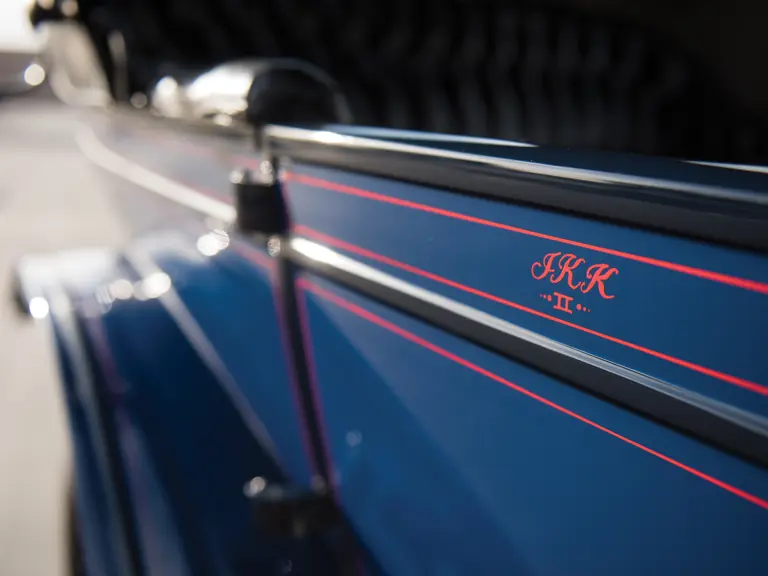
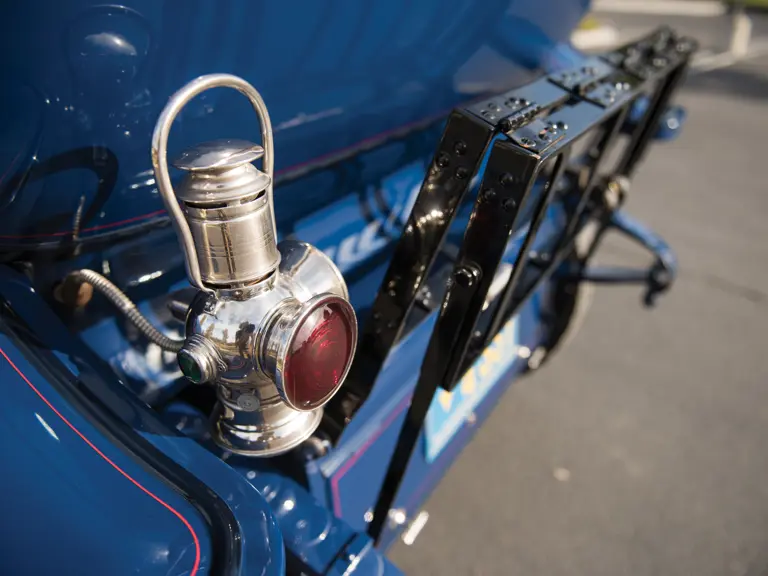


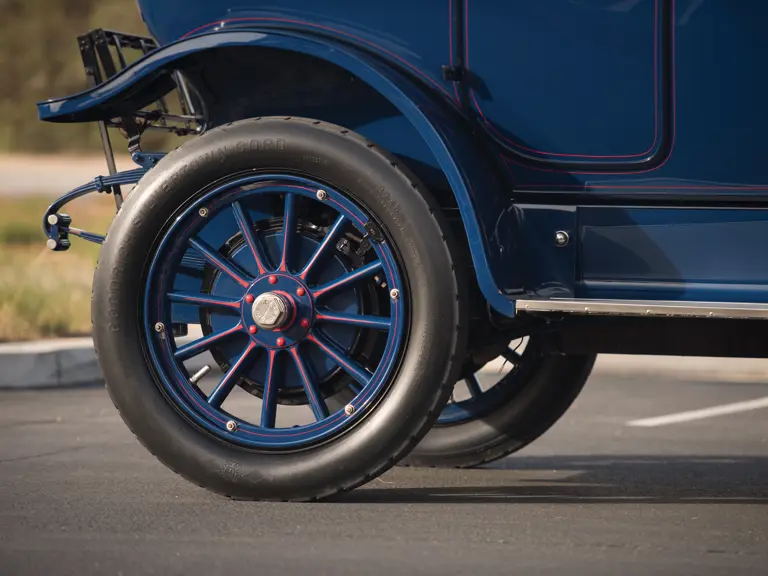
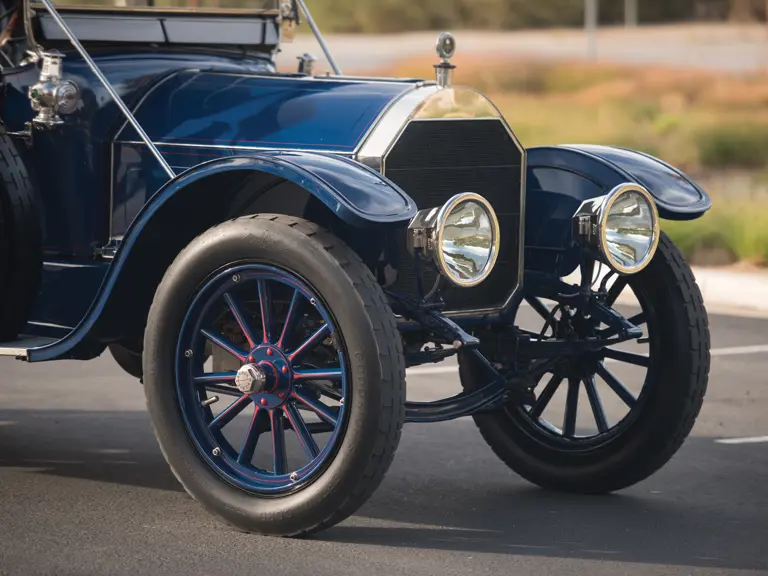
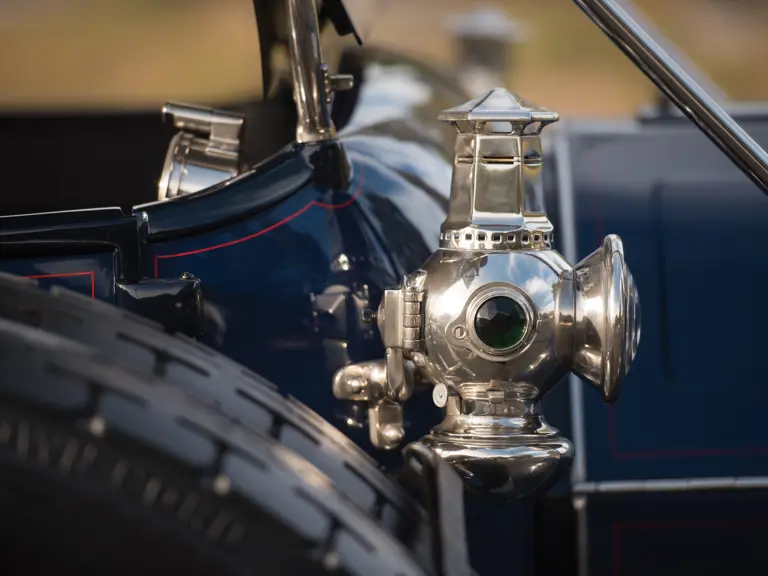
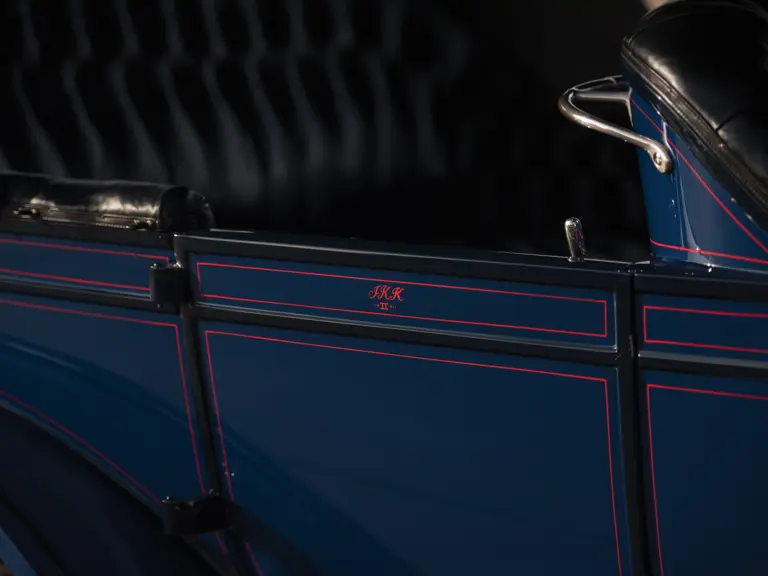
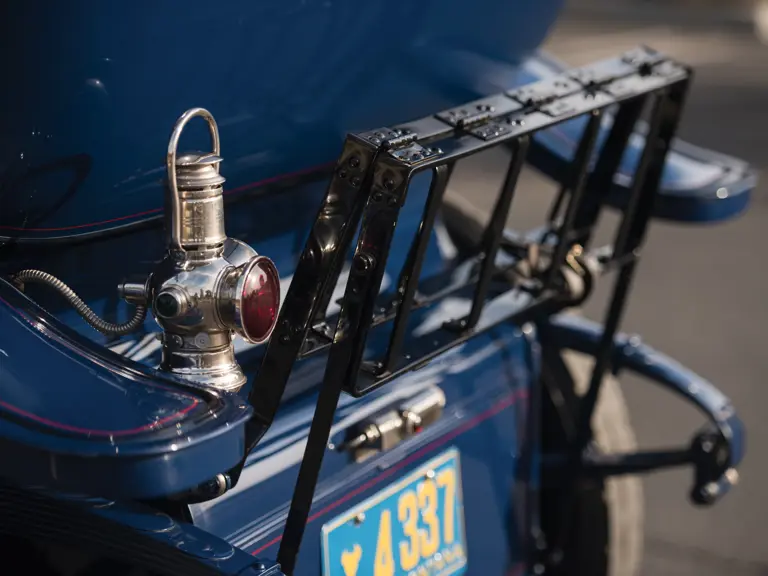
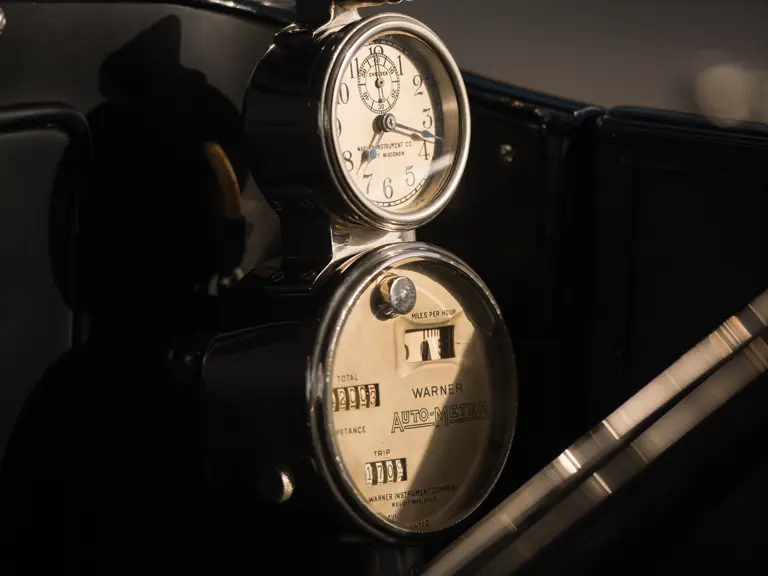



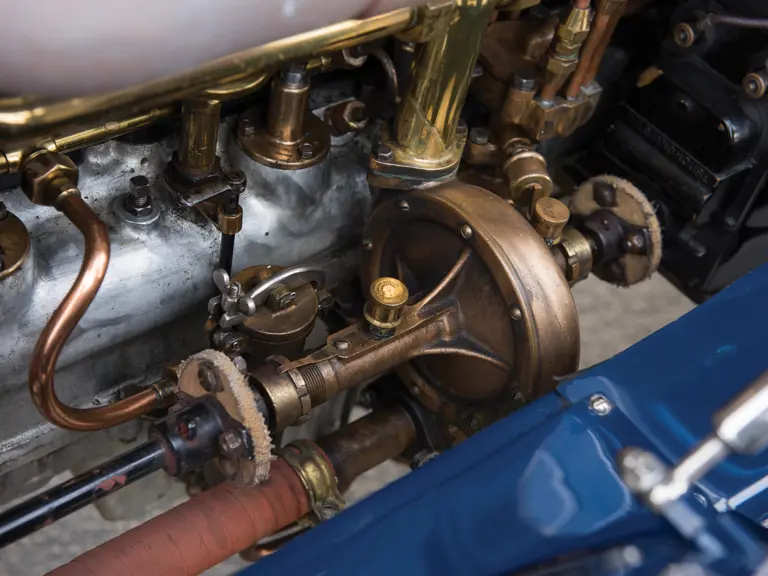
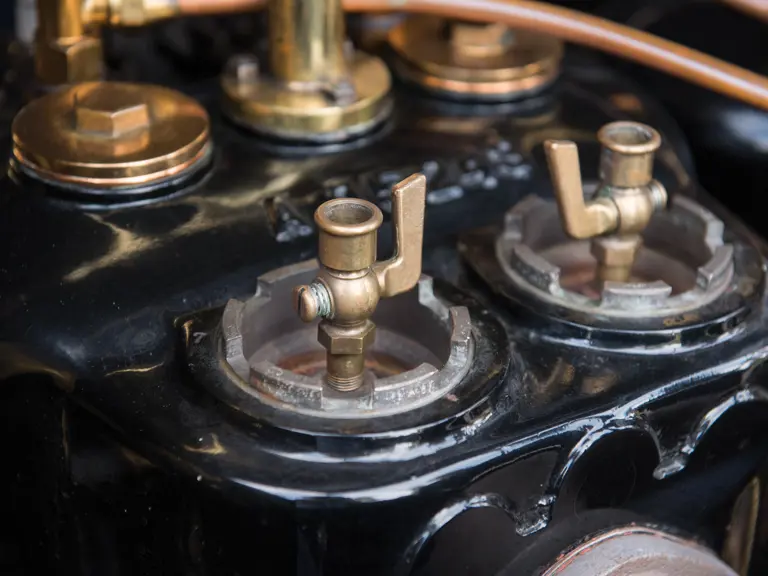

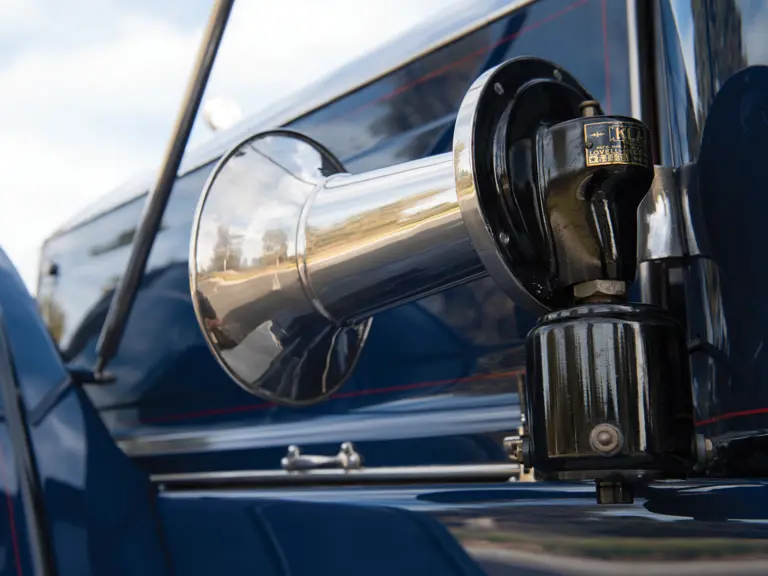
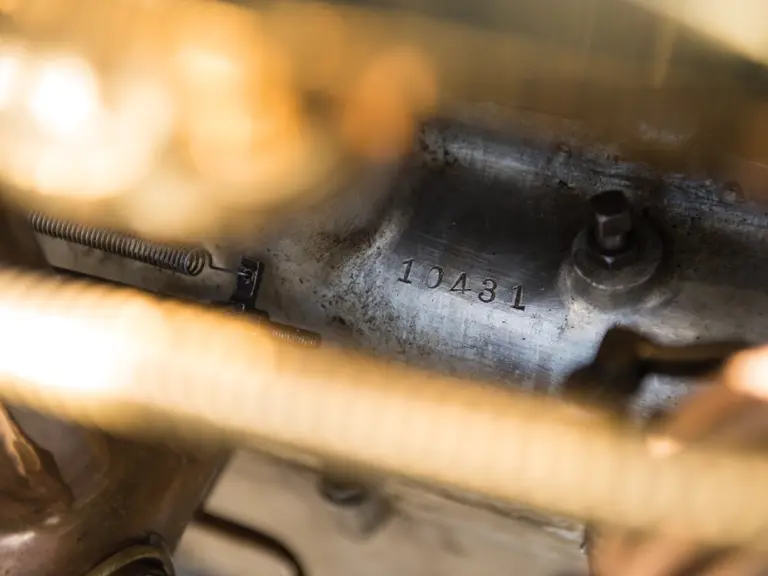
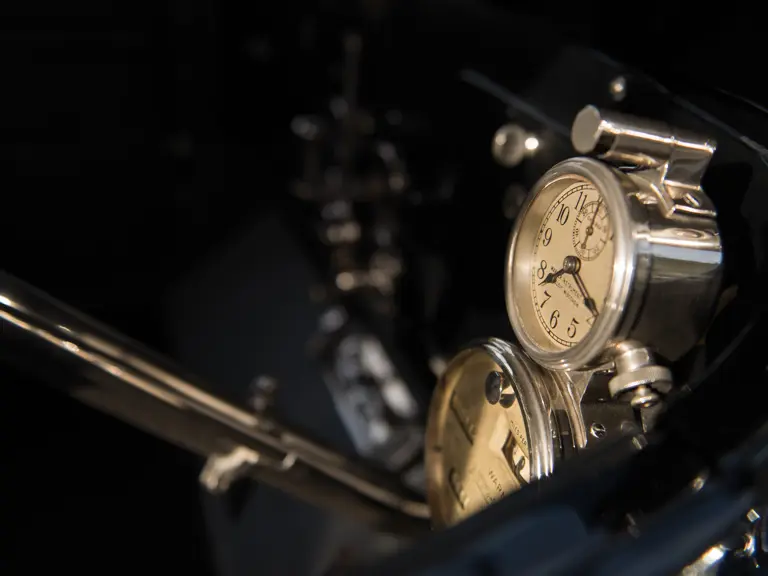
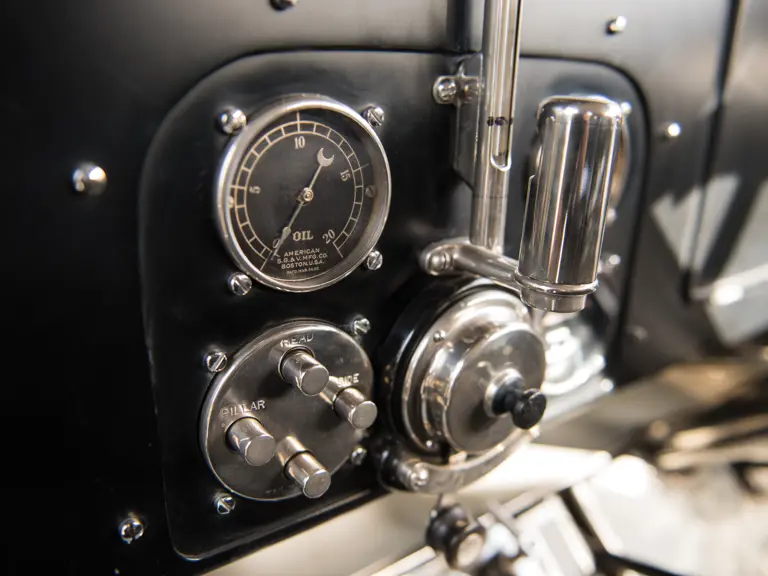
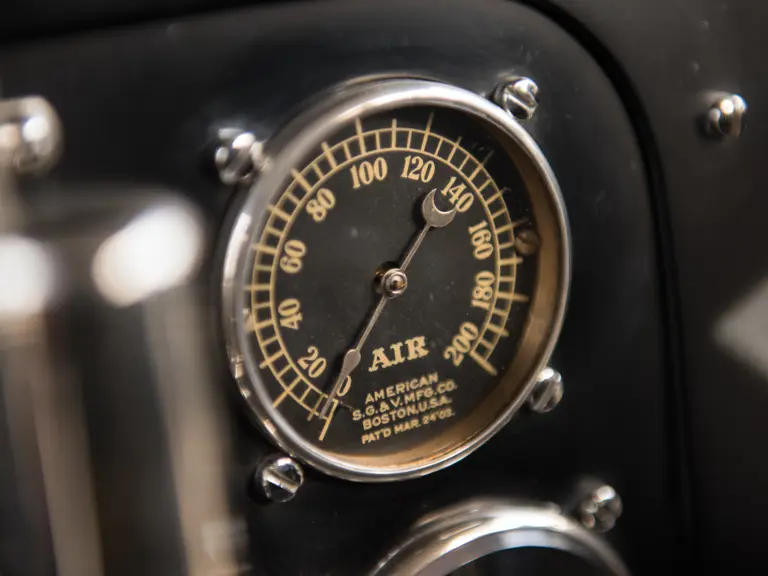
 | Phoenix, Arizona
| Phoenix, Arizona
